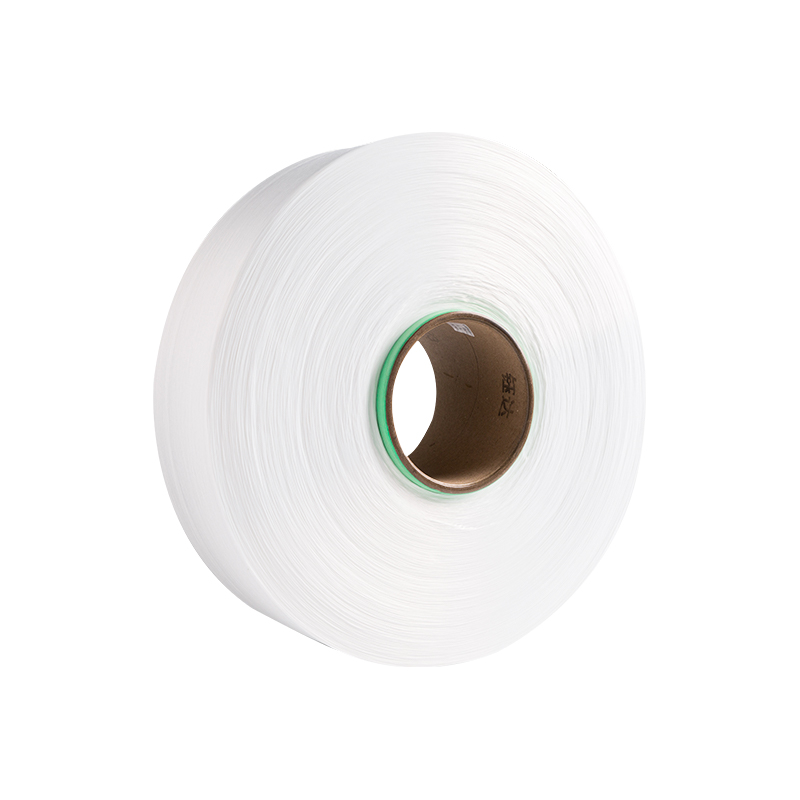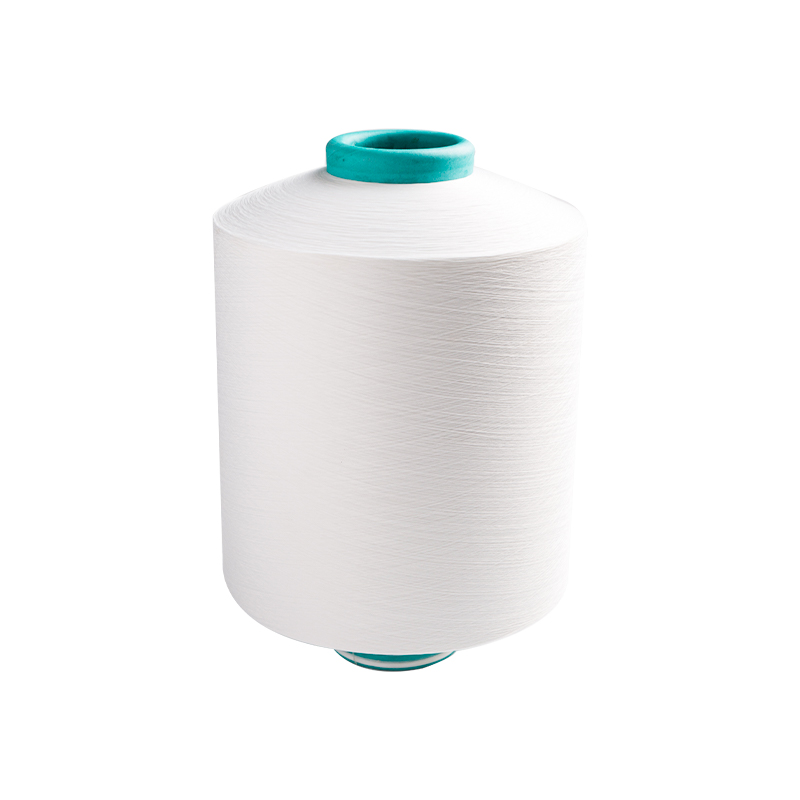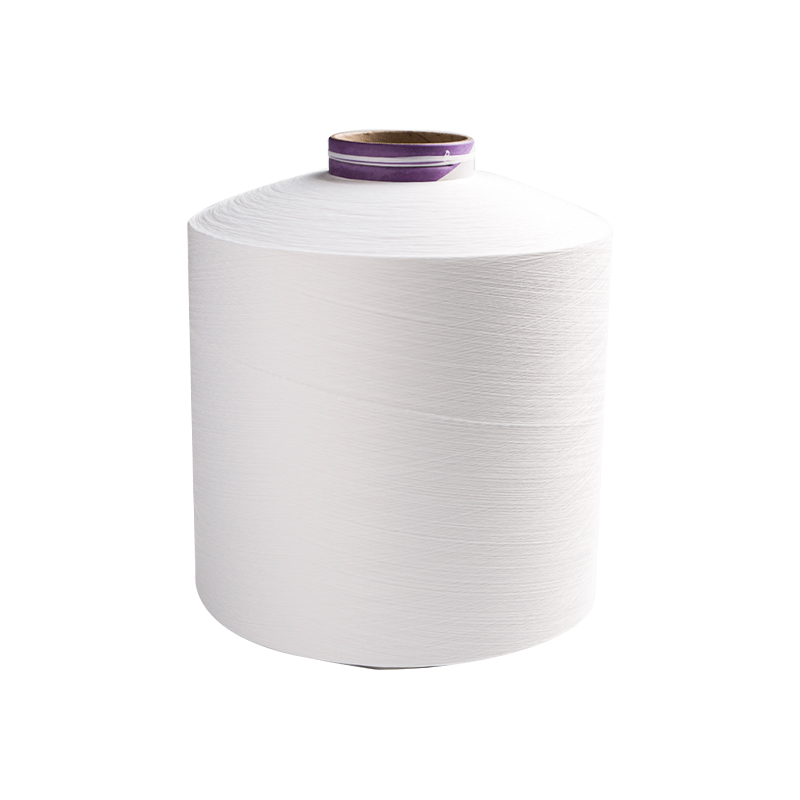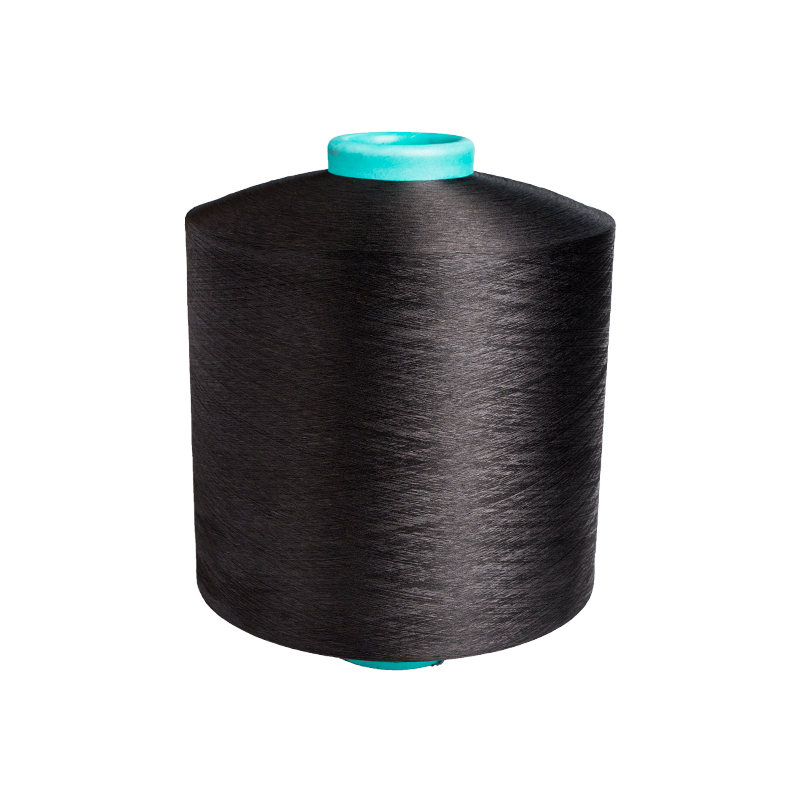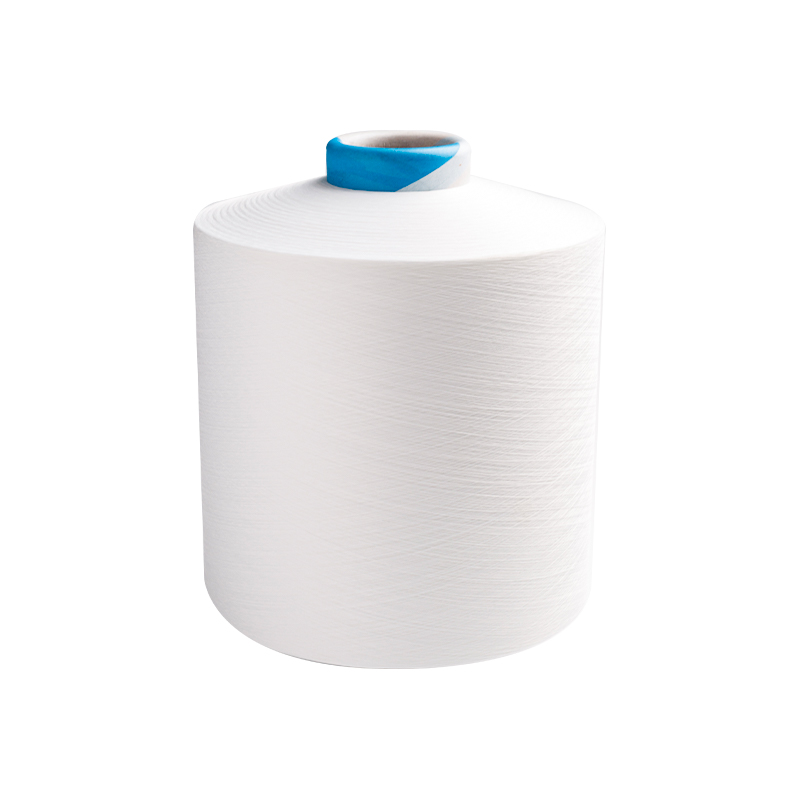The transformation period of the Chinese textile industry has created unlimited opportunities. Hangzhou Jianshun Chemical Fiber Co., Ltd. as a representative of differentiated and high value-added products in the polyester and chemical fibre industry, is aware of the rare opportunities in the Chinese market during this period and is striving to deepen its cooperation with more Chinese companies. We are working with Chinese companies to develop development lines that are in line with world trends and in line with Chinese conditions.
Where are the specific opportunities? Firstly, note the current situation. The textile industry has entered an era of surplus throughout the industry. It is difficult for textile and clothing companies to create new glories by relying solely on the price of their products. Companies that want to develop in the long term have begun to abandon their previous development ideas of expanding their scale and reducing costs. The new concept has met the new needs of the market with breakthrough points.
Secondly, China's economic development is in a period of transition. China's policy of expanding domestic demand and the increase of the public's consumption ability are the guarantee of expanding market capacity. As the Chief Representative of the Filament Division (China) of Weiss Korea Ltd, Mr. Lee Won-Young, said, China is now the world's production and consumption centre. The world has only known "MADE IN CHINA" before, but "MADE FOR CHINA" will be popular in the future. As a technology leader in the industry, Hyehweise Korea understands the needs of the Chinese market and, based on its experience of world textile and clothing trends, also knows how to follow and lead the market.
Likewise, the international environment creates more opportunities. China and South Korea are in the process of concluding a free trade agreement on a free trade agreement. According to the procedure, an agreement will be reached by 2015 at the latest. Soon, the textile trade between China and South Korea will usher in an era of zero tariffs. Textile companies in both countries will face each other's challenges," says Lee Won-young. South Korea's Hueys has already seen the opportunity to restructure. Early deployment, strong cooperation and win-win cooperation are our long-term goals in the Chinese market."
Recognising the trends in chemical fibres
Compared to natural fibres, polyester filaments are relatively cheap and versatile. According to Li Yuanyou, the development of polyester filament needs to consider two issues: one is how to replace natural fibres; the The other is to add features that natural fibres do not have.
Hui's polyester filaments from South Korea's Huewish are aimed at women's wear, men's wear and functional sports and leisure fabrics. The largest market is women's wear. Hui Wei Shi from South Korea has found that the world market for women now focuses on colour, sheen, hand feel, style and especially stretch.
Almost every piece of Chinese women's clothing must be stretchy, says Lee Won-young. In addition to stretch fabrics with added spandex, polyester stretch fabrics have become increasingly popular in the past two years. Last year, SSY was particularly easy to sell. This year, PWY is particularly easy to sell. CEY, with its excellent velvety feel and flexibility, has become the company's star product. In response to market demand, Hueys Korea has developed a range of products with high stretch, high F-number HSY and a soft velvety tight feel. It is easy to see from international fashion trends that the demand for special shine in women's wear has increased in recent years, so Korea's Whiskers has developed products such as EBBR and LUMF, imitation acetate with a shimmering effect.
But the biggest problems that plague polyester-nylon composite yarns are: poor dyeing depth and low colour fastness. As a result, polyester-nylon composite yarns can only be used in fabrics that do not require high colour fastness. This problem has now been overcome by the Korean company Hewis. The developed SPN fine denier polyester-nylon series and PNH high shrinkage polyester-nylon series can guarantee a colour fastness higher than class III, and the PNH series can even reach class IV or higher with a bright, full and fine colour.
As a result, the advantages of polyester-nylon composite yarns will be further unleashed and their fields of application will continue to expand. In addition to apparel applications, footwear, luggage, home textiles and other artificial leather applications are now being promoted.
Summing up the current development model, Li Yuanyou believes that new additive technology + trend + concept is the development path that chemical fibre companies should follow.
Specifically, additive technology is the dominant technology for achieving chemical fibre filament functions, which coincides with industry and market trends, while the other two requirements.





